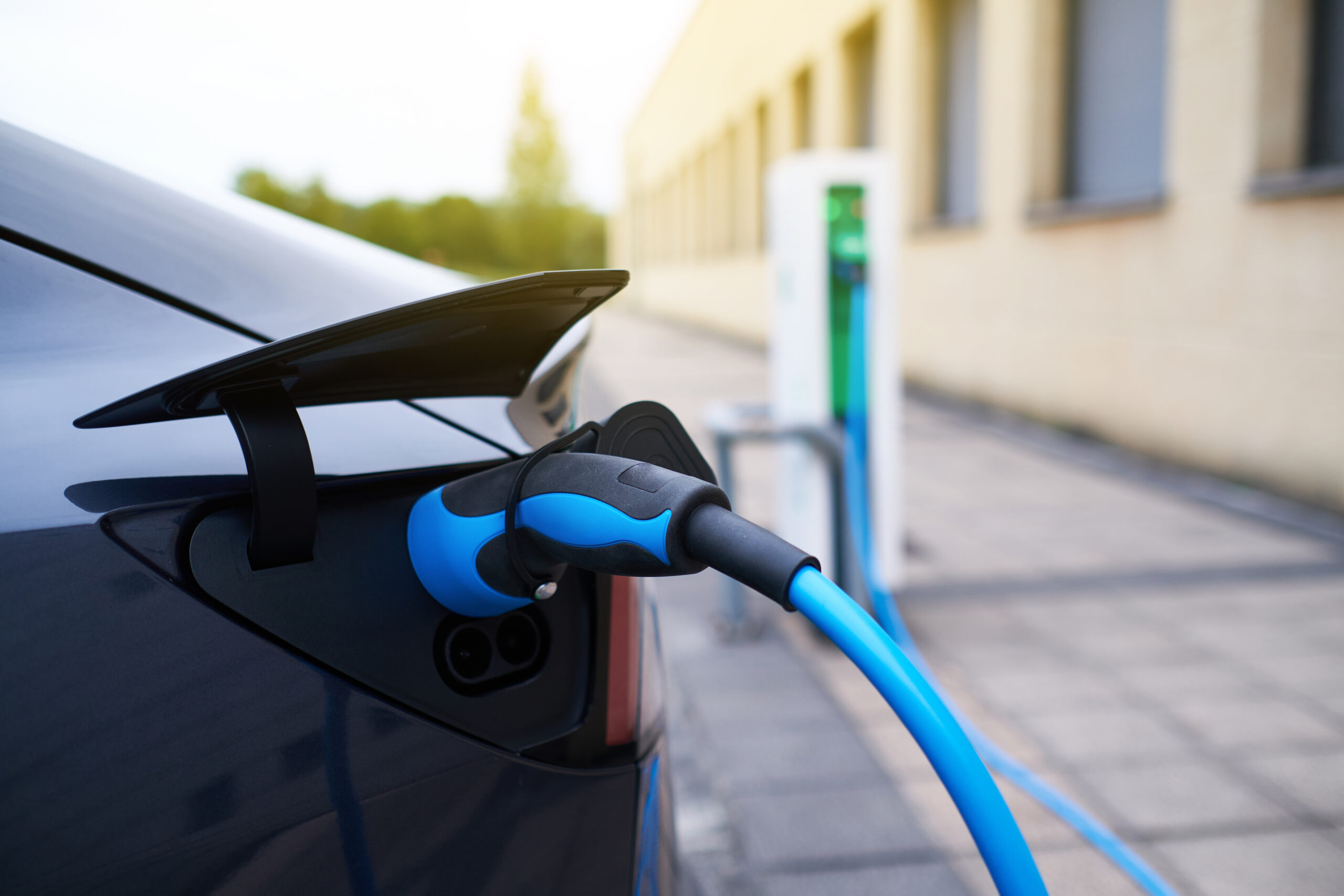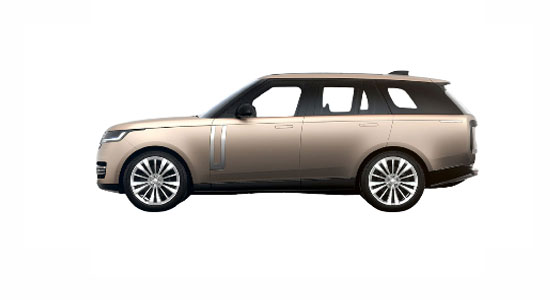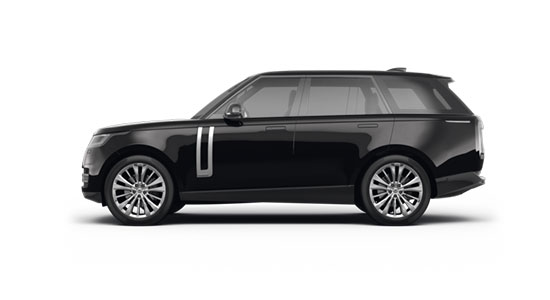
You probably haven’t even driven one, let alone considered purchasing one, so the prediction may seem a little bold. The world is in the middle of the most outstanding automotive revolution since the beginning of Henry Ford’s first assembly in 1913. And it will probably happen far faster than you think. The automotive future is electric!
Many industry watchers believe we have already passed the tipping point where electric vehicle (EV) sales will quickly surpass gasoline and diesel vehicles.
It is, without a doubt, what the world’s major automobile manufacturers believe. Jaguar aims to sell entirely electric cars starting in 2025, Volvo in 2030, and Lotus, the British sports car company, announced last week that it would follow suit starting in 2028. With this in mind, the initial thoughts are the electric future is electric.
It’s not only high-end brands. By 2035, General Motors has indicated that it will only concentrate on electric vehicles; Ford says all cars sold in the continent (i.e. Europe) will be electric by 2030. Volkswagen believes electric vehicles will account for 70% of total sales by 2030.
This isn’t a fad, and it’s not greenwashing.
Yes, the fact that many countries worldwide have set goals to prohibit the sale of gasoline and diesel automobiles has accelerated the process. The death of the one internal combustion engine is, nevertheless, inescapable due to a technological revolution. And technology revolutions are notoriously swift.
Take a look at the internet.
According to recent calculations, the electric vehicle market is roughly like the internet in the late 1990s or early 2000s. There was massive excitement about this new technology that allowed computers to communicate with one another back then.
Jeff Bezos had founded Amazon, and Google was beginning to supplant Altavista, Ask Jeeves, and Yahoo. Some of the businesses involved had astronomically high valuations. It was all fascinating and engaging for those who hadn’t yet logged on, but it felt pointless – how beneficial could computer communication be? We have phones, after all!
But, like many great new technologies, the internet did not take a straight path to global dominance. It didn’t happen gradually, allowing everyone time to prepare.
Its expansion was rapid and disruptive, destroying established enterprises and altering practically every aspect of our lives. It also followed a well-known pattern called an S-curve by technologists. Do you still think the automotive future is electric, lets’s explore some more?
The S-curve of the internet. It’s an elongated S. The premise is that breakthroughs come slowly and are only of interest to the nerdiest of nerds. Here, EVs are on the S’s short sloping bottom end. The graph for the internet starts at 22:30 on October 29, 1969. That is when a computer at the University of California in Los Angeles made communication with another a few hundred miles distant at Stanford University. The researchers typed an L, followed by an O, and finally a G. Before they could finish the word “login,” the system crashed. Only nerds, as previously stated.
Even though there were only a few hundred machines on the network a decade later, the rate of development was quickening.
In the 1990s, the more technologically savvy began purchasing personal computers. Prices dropped dramatically as the market increased, and performance improved by leaps and bounds, encouraging an increasing number of individuals to use the internet.
Here, the S is starting to sweep higher, indicating that growth is becoming exponential. By 1995, around 16 million people had access to the internet. There were 513 million people in 2001. There are currently more than 3 billion people on the planet. The next step is for our S to start sloping back towards the horizontal. As almost everyone who desires to be online is present, the rate of expansion decreases.
With cellphones, photography, and even antibiotics, we witnessed the same trend of a modest start, exponential growth, and then a decline to a mature industry.
At the turn of the century, the internal combustion engine followed a similar path. Steam engines and printing presses did as well. Electric vehicles will follow suit.
They have a longer history than the internet. Robert Anderson, a Scottish inventor, invented the first rudimentary electric automobile in the 1830s. However, it has been in the last few years that the technology has been offered at competitive pricing. He drove the now-famous GM EV1 for the first time 20 years ago.
It cost a billion dollars to construct, but GM deemed it a failure, crushing all but a few of the 1,000 or so vehicles it manufactured.
What a difference time has made. Electric vehicles are pretty comfy, light, and bright. It’s just a lot of fun. And most people who have driven electric cars would never go back to the gas or diesel cars.
The motors that power electric vehicles, the computers that operate them, charging infrastructure, and car design have all improved dramatically. However, the dramatic improvement in electric cars’ performance is entirely due to advancements in the vehicle’s non-beating heart, the battery.
The most noticeable shift is in pricing. According to Madeline Tyson of RMI, a US-based clean energy research firm, it cost $1,000 per kilowatt-hour of battery electricity just a decade ago. It’s now hovering around $100 (£71).
That is thought to be when they become less expensive to purchase than comparable internal combustion vehicles. However, when you include in the cost of gasoline and maintenance – which EVs require far less – many EVs are currently cheaper than the petrol or diesel equivalent, according to Ms. Tyson.
At the same time, energy density – the amount of power that can be packed into one battery – is increasing. They’re also lasting longer.
CATL, a Chinese battery manufacturer, released the world’s first battery capable of powering a car for a million miles last year. Companies with large fleets of cars, such as Uber and Lyft, are spearheading the transition since cars with high mileage save the most money.
Retail buyers will soon follow, according to Ms. Tyson, as prices continue to fall.
This change is expected to happen very fast.
Like the internet in the 1990s, the electric car market is already exploding. Despite overall car sales falling by a fifth during the coronavirus epidemic, global sales of electric cars increased by 43% to 3.2 million in 2020.
Although this represents only 5% of total car sales, it indicates that we are approaching the steepest region of the S curve. According to the latest projection from UBS, an investment bank, by 2025, 20% of all new automobiles sold globally will be electric.
According to the investment bank, UBS, this will increase to 40% by 2030, and by 2040, practically every new automobile sold globally will be electric. This is due to a different curve, which manufacturers refer to as the “learning curve.”
The more we create something, the better we become and the less expensive it becomes. That is why computers, kitchen appliances, and, yes, gasoline and diesel cars have become so inexpensive.
The exact process has been bringing down the cost of batteries and thus the cost of electric vehicles.
According to Ramez Naam, co-chair for energy and environment at Singularity University in California, “we’re on the edge of a tipping point.”
He believes the game will be over if electric vehicles become cost-competitive with fossil-fuel automobiles.
Elon Musk, Tesla’s self-proclaimed techno-king, surely believes this. Have you considered hiring an electric vehicle prior to buying to see what the hype is about? The new Mercedes EQS has to be one of the favorites to hire, simply elegant but stunning with exceptional performance. With every luxury car manufacturer now implementing an electric strategy, it won’t be long before luxury will be judged on its electric capabilities. In conclusion in this article yes, the automotive future is electric.

The Range Rover P350d is the perfect vehicle for all weather and occasions. This exceptional tourer excels on and off the road, delivering awesome power for an exhilarating drive and impresses with its luxurious interior and dynamic engine. Range Rover P350d Hire is a service that Season Car Rental is pleased to offer.

The Range Rover 2023 P400e Hybrid hire car is the perfect vehicle for all weather and occasions. This exceptional tourer excels on and off the road, delivering awesome power for an exhilarating drive and impresses with its luxurious interior and dynamic engine. Range Rover 2023 P400e Hybrid hire is a service that Season Car Rental is pleased to offer.

The Range Rover Vogue is the perfect vehicle for all weather and occasions. This exceptional tourer excels on and off the road, delivering awesome power for an exhilarating drive and impresses with its luxurious interior and dynamic engine. Range Rover Vogue Hire is a service that Season Car Rental is pleased to offer.